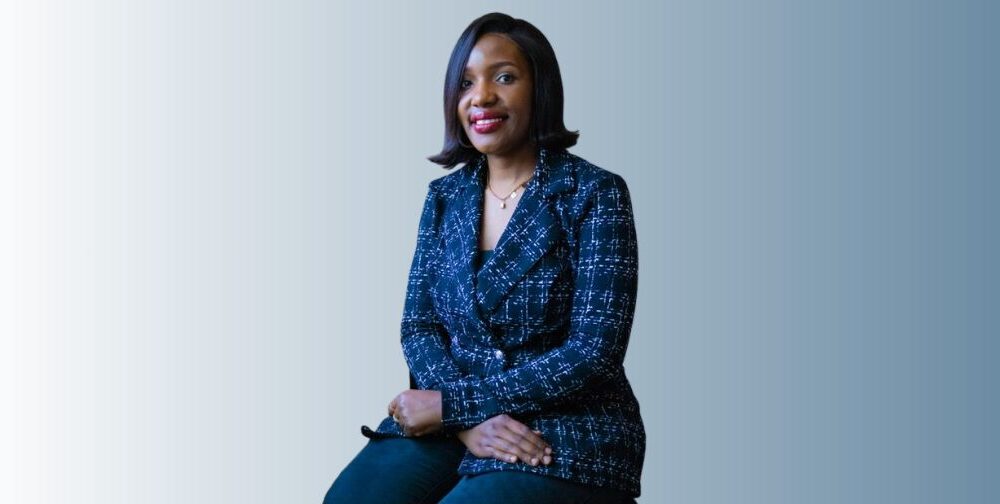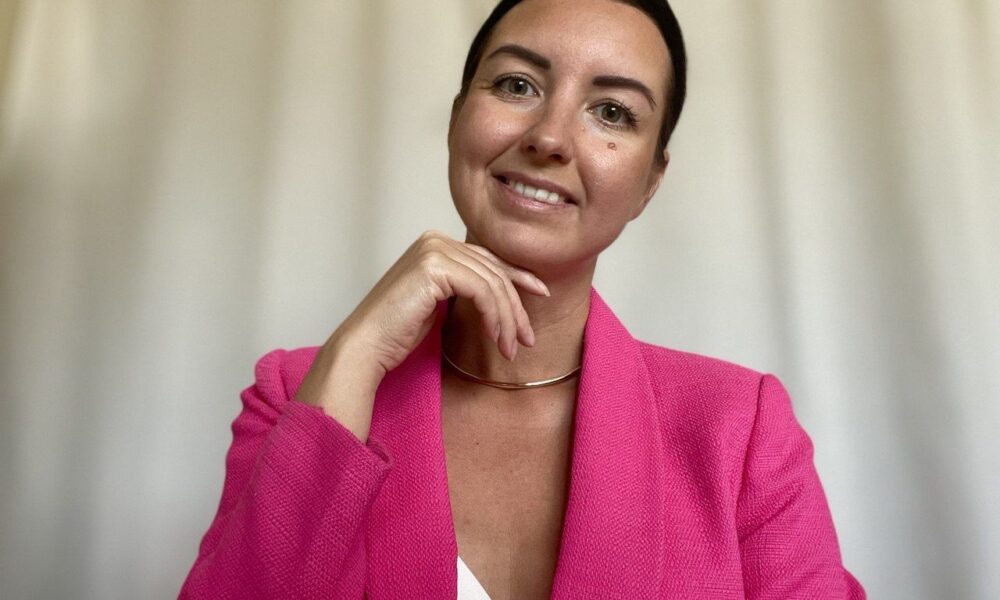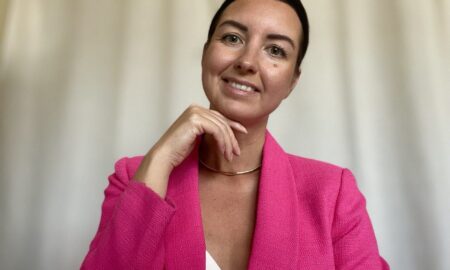Filmmaking captivates audiences throur elements – visuals, dialogues, direction, and sound design. While the allure of striking visuals, impactful dialogues, and charismatic direction typically capture the audience’s attention, the intricate art of sound design remains one of the most underappreciated aspects of filmmaking.
For sound designers like David Zang, sound design is not merely an addition to a film but as pivotal as cinematography and other film elements. Zang, a maestro in sound who leads the audio production company AsparTateSounds LLC, asserts that sound design is a driving force in films, capable of conveying emotions and nuances that visuals might miss or enhancing what visuals are intended to portray.
With his years of experience in sound design, the multi-awarded sound designer who has established a distinguished profile in the sound design industry on a range of notable films, documentaries, and TV shows, shares his insights on how sound in films becomes a storyteller’s tool, just as powerful and influential as the camera’s lens, inviting audiences to experience the movie more profoundly and more engagingly.
Creating Believable World
Sound design in cinema is more than an auditory embellishment; it is a fundamental pillar that anchors fiction in a tangible reality, weaving authenticity into storytelling. This perspective sheds light on how crucial sound is in making a movie watchable and believable.
When a sound aligns perfectly with the visuals and appears subtly as the characters deliver their line, it cements the audience’s belief in the world we’ve created on screen, immersing them entirely and making the fictional world as convincing as the real one.
“For example, if a sound doesn’t match the action in a James Bond film, the entire scene can feel disjointed, as if it somehow doesn’t feel right. Our job as sound designers is to ensure every auditory detail complements the visual, so the audience is never placed out of the narrative,” Zang explains.
Zang takes an example from one of his films. In his award-winning “Amazon Queen,” the sound is critical in creating a believable and immersive narrative. Although the film is set in a location far from the typical experiences of most people – the depths of the jungle, Zang’s meticulous sound design transports the audience into this exotic and remote environment.
By authentically replicating the sounds of the jungle, from the rustling of leaves to the distant calls of wildlife, the sound design bridges the gap between the audience and the film’s setting. This auditory journey is not just about hearing the jungle but also about feeling its presence, thereby making the narrative more relatable and real despite the unfamiliarity of the location. This commitment to sonic precision underscores sound’s immense influence on a film’s overall impact and believability, making audiences forget they are still sitting in a movie theater.
Setting he Film’s Character
Aside from making the scene feel and look genuine, Zang also highlights how sound design sets the tone of a film or documentary. With the right tone, the content’s narrative can more effectively resonate with the audience’s emotional core, delivering more impact.
Zang’s work as Supervising Sound Editor and Re-recording Mixer on the Nigerian Television Authority’s documentary series exemplifies this expertise. Though this kind of project is very different from his usual fiction films like his Oscar-qualified film, “Harper” (2021); “Infernum” (2019); “An Egypt Affair” (2023); and “For The Taking” (2023), the sound still played a role in setting a unique tone for the documentary project.
In “The Essential Muhammadu Buhari” (2022), “Transforming Nigeria” (2022), and “Nigeria: Consolidating Democracy and National Unity” (2021), Zang’s sound design plays a crucial role in setting a formal yet engaging tone. In these documentaries, he aimed to attract viewers into a world that’s both informative and captivating.
Zang explains, “Sound design is not just about the auditory experience. Sometimes, it’s about conveying the subject’s essence, what the audience is supposed to feel at a particular moment, hints at what’s coming next in the story, and enhances the atmosphere and tone of the scene.”
Each documentary presented a unique challenge to balance respectfulness with engagement. Zang’s approach was meticulous. According to him, he crafted a soundscape that reflected the dignity of President Buhari’s life and the narrative of Nigeria’s journey. The sound had to be formal yet not distant, engaging yet not overpowering. This delicate balance in sound design ensured that viewers were drawn into details in a still, light, and enjoyable manner.
Seeing Impact on a Bigger Perspective
Zang underscores the critical role of sound design in enhancing audience engagement in film. However, he notes it’s essential to recognize that a content’s impact is not solely dependent on its auditory elements. The collaboration between sound design and other filmmaking aspects like editing, cinematography, and visual effects is crucial in creating a cohesive and immersive cinematic experience. As Zang observes, the true artistry of filmmaking lies in harmonizing these elements, ensuring that the sound complements and enhances the visual narrative rather than overshadowing or clashing with it.
Moreover, the impact of sound design is inherently subjective, varying greatly among viewers based on their personal experiences and preferences. What resonates deeply with one individual might be less impactful or even jarring to another. This subjectivity poses both a challenge and an opportunity for sound designers like Zang. As each viewer’s engagement with the film is unique, it calls for a broadened perspective and an openness to diverse auditory experiences.
However, as the sound design industry is brimming with technological innovations and creative breakthroughs, David Zang with AsparTateSounds LLC envisions a future where the sector can adeptly cater to the diverse preferences of its audience, anticipating the introduction of ground-breaking techniques. This forward-thinking approach is poised to significantly deepen audience engagement, offering more captivating and immersive film experiences that resonate profoundly globally.



































